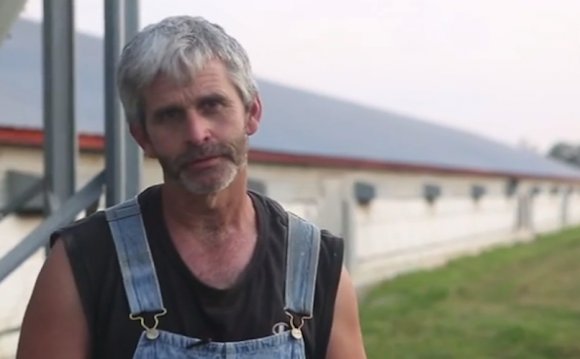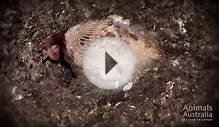
Who benefits the most from current U.S. farm policy? “Farmers” is an obvious answer—but it may not be entirely correct.
Since the passage of the 1996 Farm Bill, the prices that U.S. farmers received in 2005 for the corn and soybeans they sell dropped 32% and 21%, respectively. Returns from the sale of these crops have not covered the costs of producing them. Recent congressional debates over farm policy focus narrowly on farm subsidies as the culprit behind low prices, overlooking other policy changes that provoked the price drop and led in turn to a need for larger subsidy payments. To fix farm policy, legislators must first have a clear understanding of who wins and who loses under the current system and why.
GDAE’s Feeding the Factory Farm project identifies and analyzes one group of winners: industrial, corporate-owned livestock production facilities. Like corn syrup processors and ethanol blenders, livestock companies use agricultural commodities as an input. When the price of the input drops, they receive a discount on their production costs. While the cost advantages of industrial livestock operations are routinely attributed to efficiency gains from economies of scale, our research suggests that federal farm policy has actually played a major role in “subsidizing” this kind of operation by ensuring low market prices for feed. It does so at the expense of smaller scale, diversified, locally-owned crop and livestock farms.
Among our findings:
- In the post-1996 Farm Bill period of 1997 to 2005, the market price of corn averaged 23% below production cost. The market price of soybeans was an average of 15% lower than what it cost to produce.
- For the same period, chicken and hog feed, which are mostly made up of corn and soybean meal, were 21% and 26% below the costs of production for the feed.
- Feed costs account for 60% of broiler production costs, so this ‘discount’ kept total costs 13% lower than they would have been if corn and soybean meal had been priced at full costs of production. In dollar terms, the discount to the corporate broiler industry from U.S. agricultural policy averaged $1.25 billion a yearbetween 1997 and 2005.
- For the hog industry, industrial operations’ feed costs were 26% lower than what farm families were paying to produce their own feed, which lowered total production costs for factory farms by 15%. The discount to large and industrial hog operations housing over 2, 000 hogs each totaled almost $1 billion per year between 1997 and 2005.
- The discount to industrial hog producers is particularly interesting because there are still some mid-sized, diversified family farms trying to compete with industrial hog operations in the United States. The cost advantages of industrial producers are significantly or entirely eliminated if they have to pay full costs for their feed.
- Savings to other industrial livestock sectors were significant as well: $733 million per year to industrial dairies; $501 million/year to industrial beef cattle; and $433 million/year to egg producers. Over the nine-year period, the estimated savings to these three sectors plus hogs and broilers was nearly $35 billion.
RELATED VIDEO












